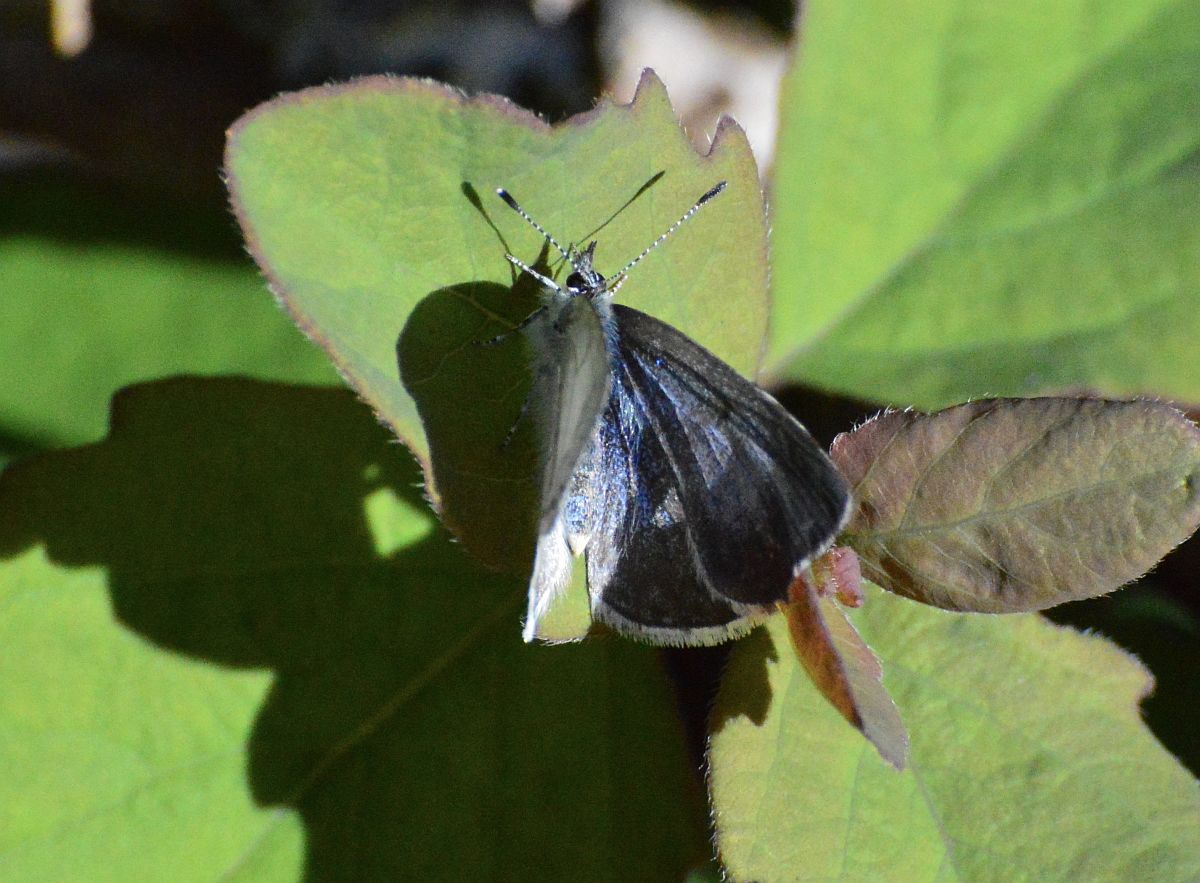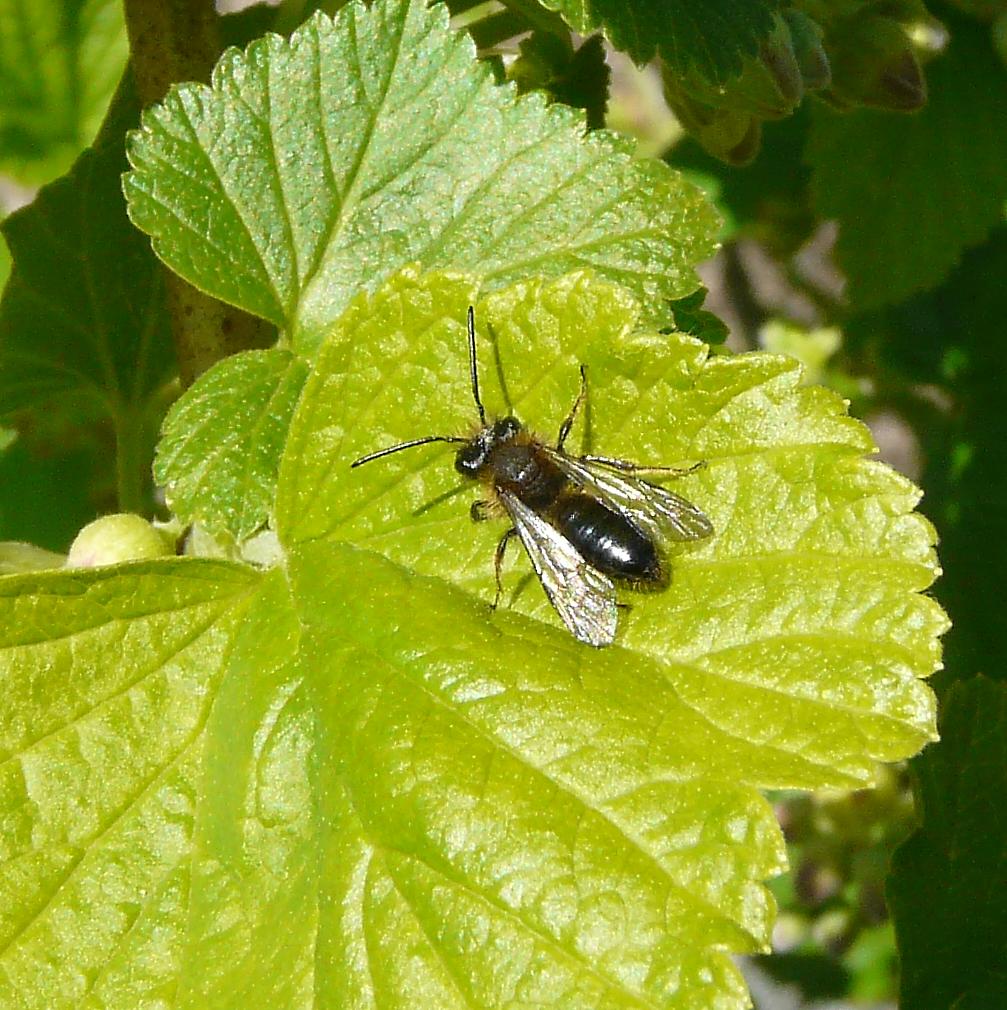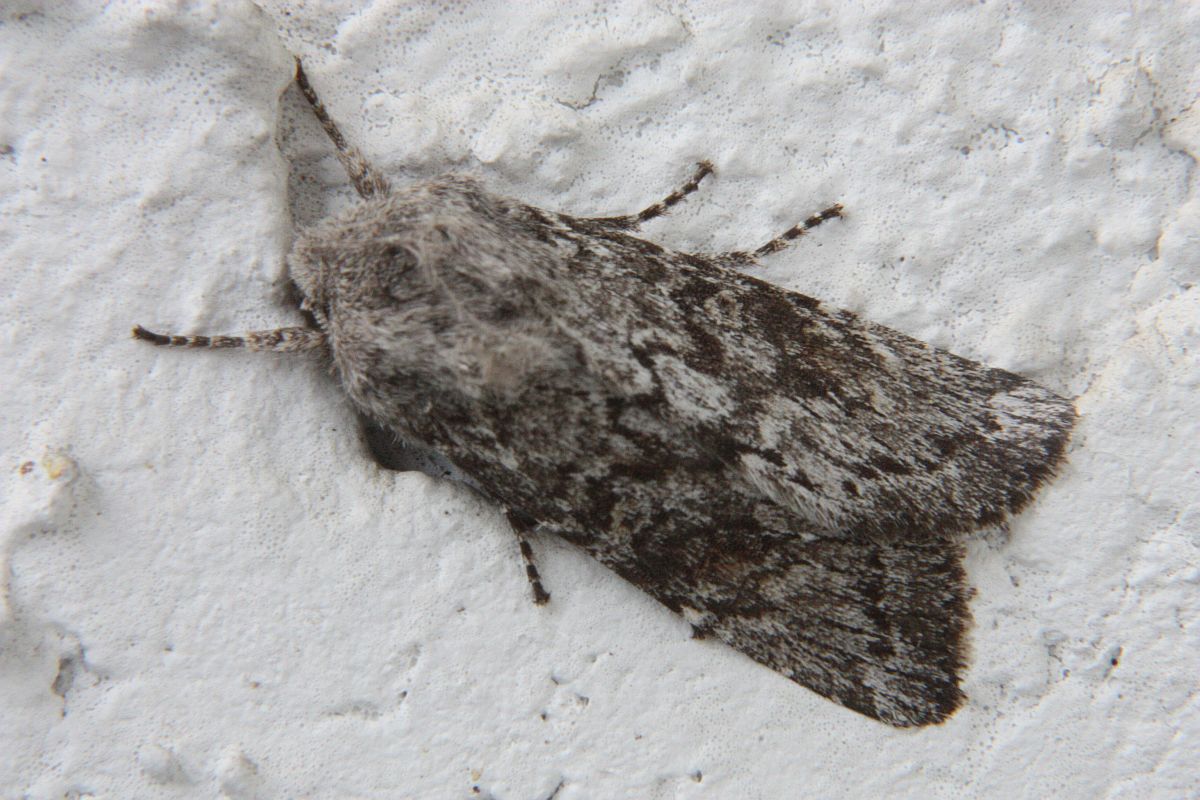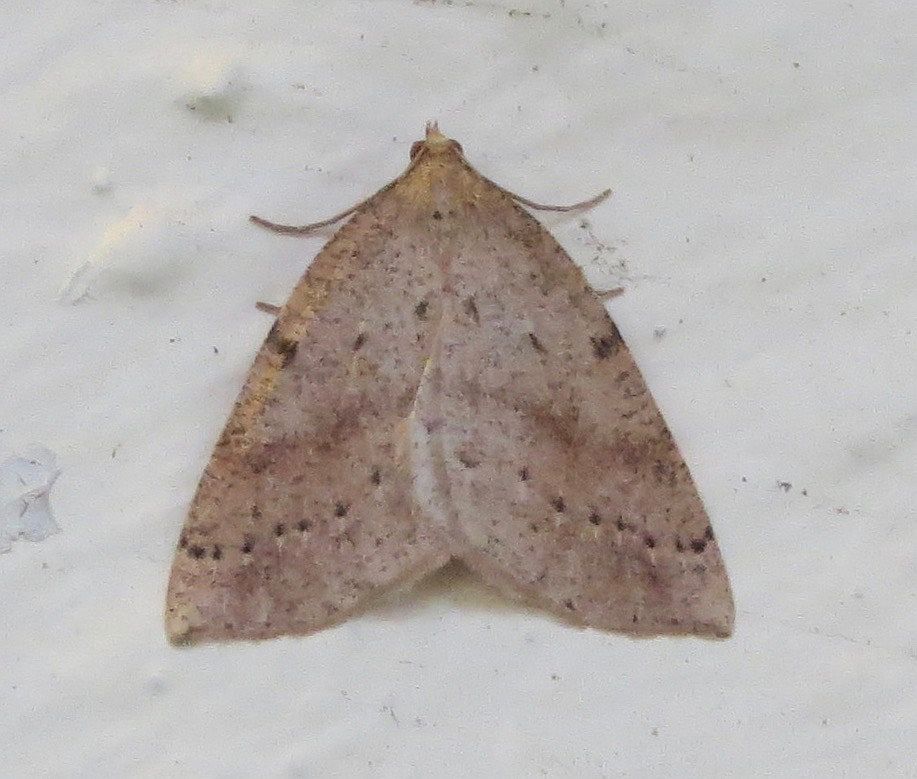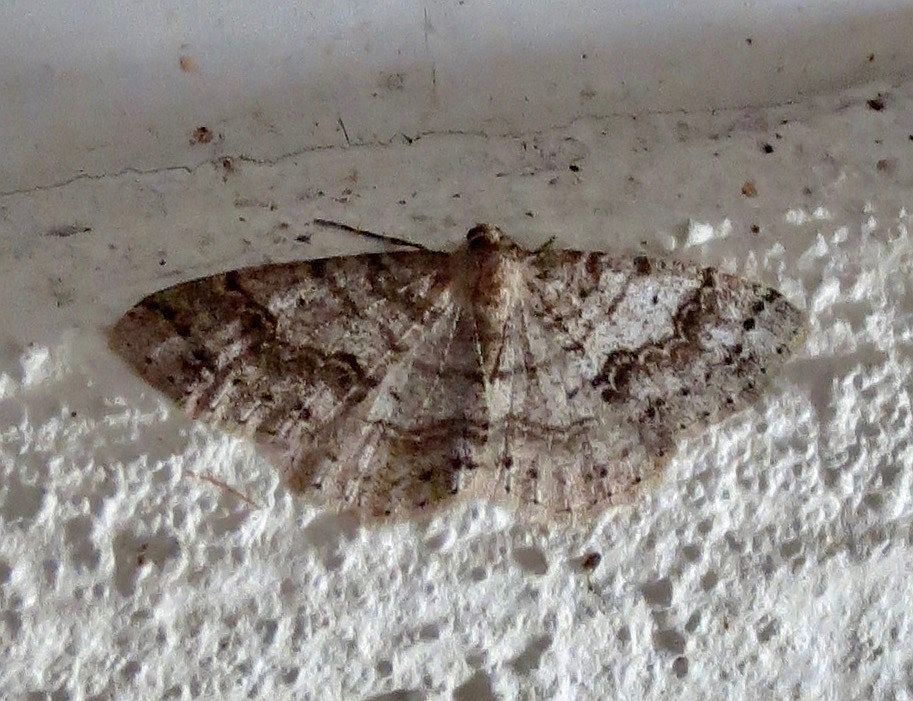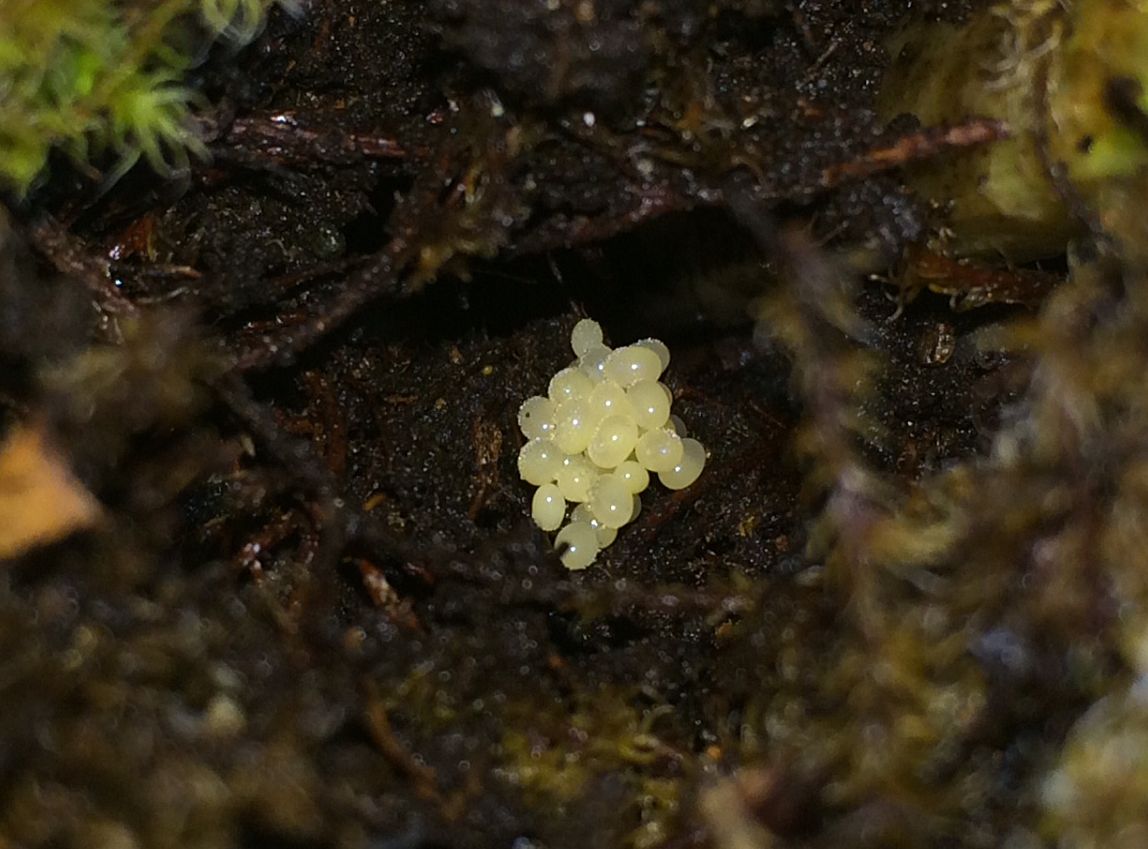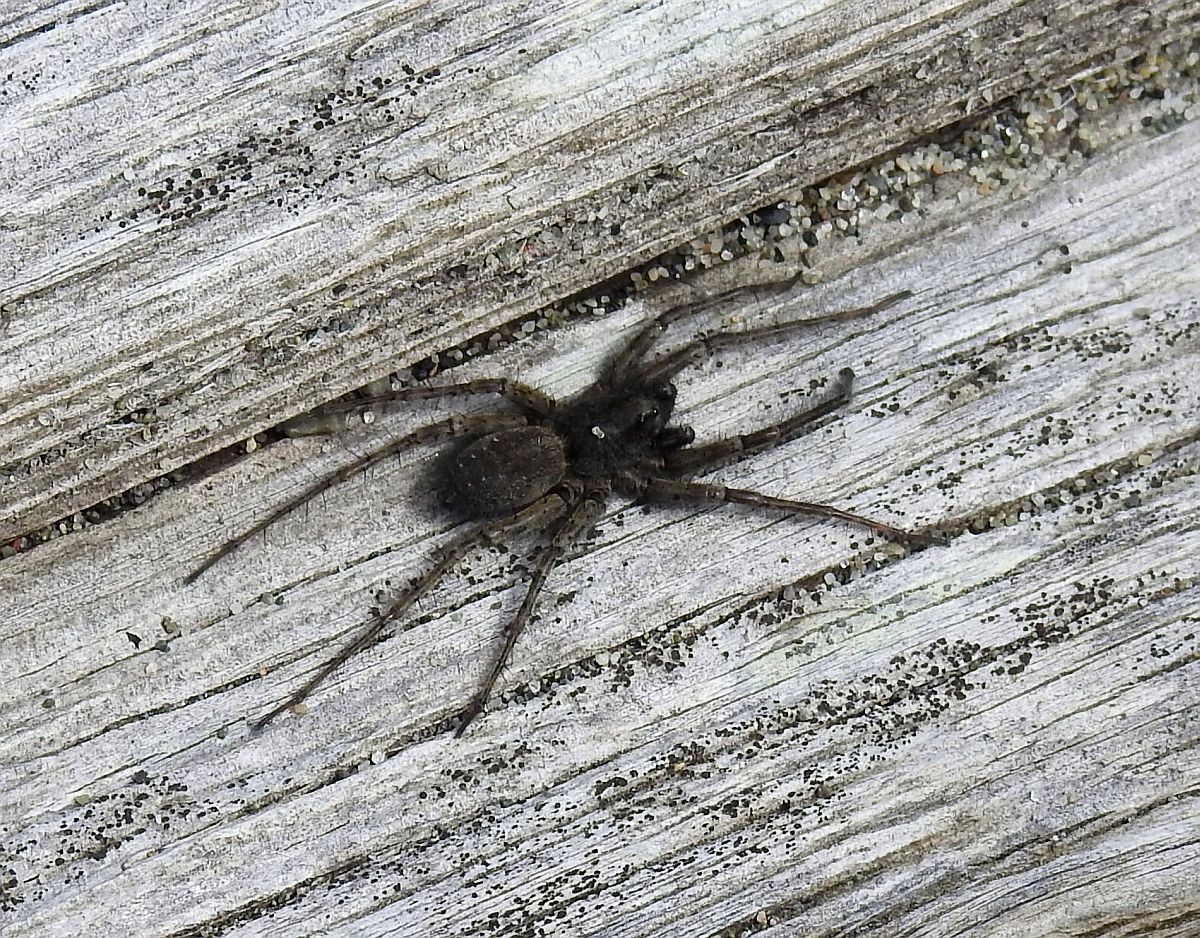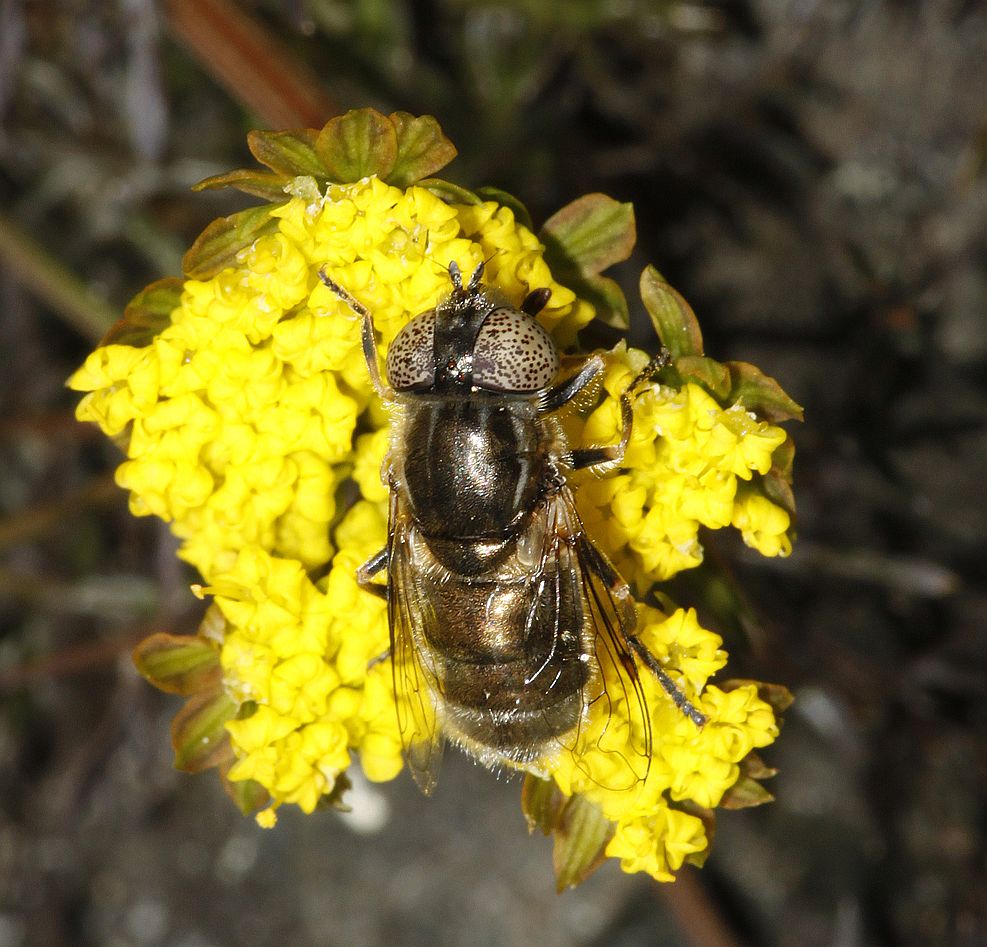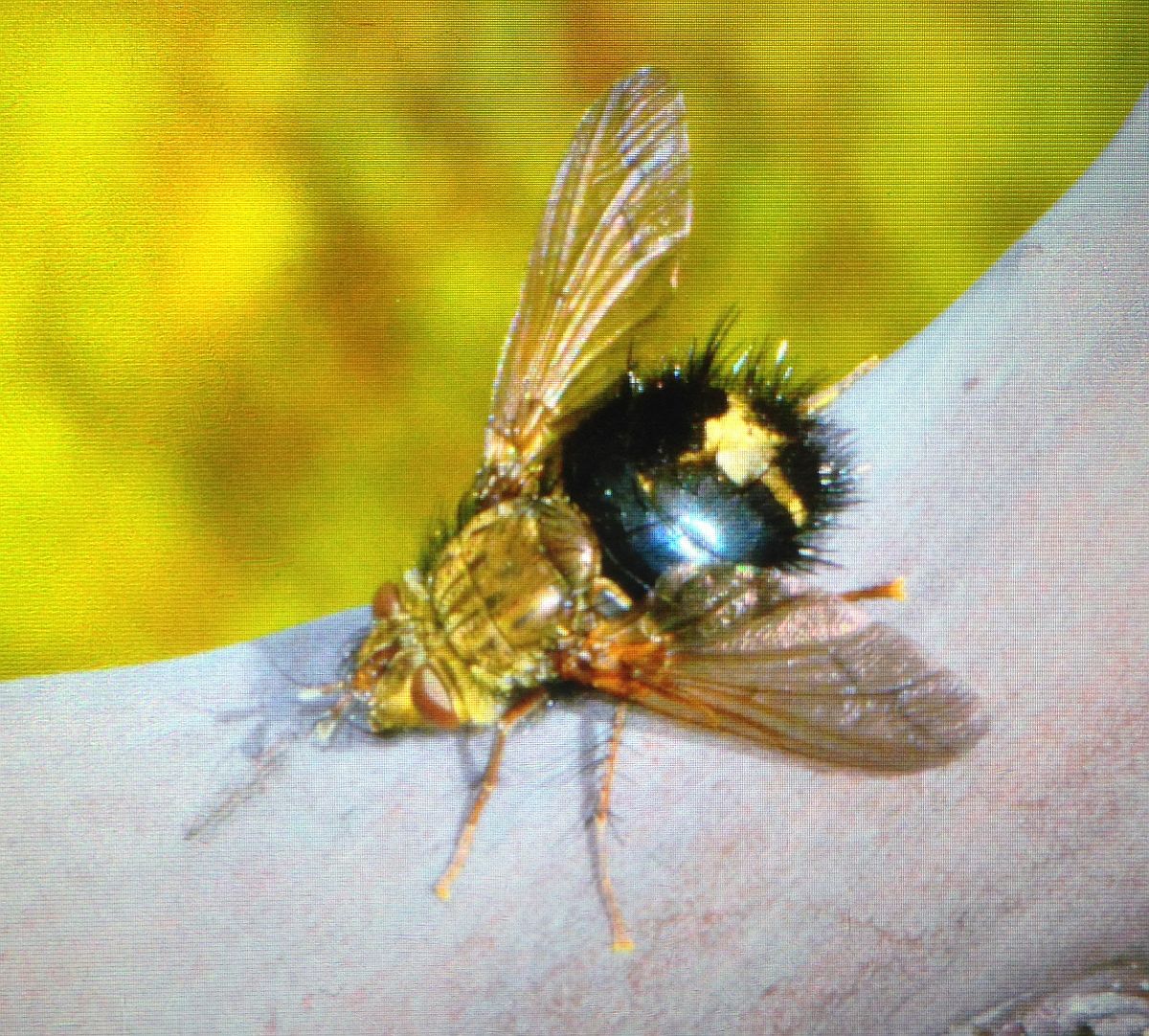2017 April 17
Annie Pang photographed a queen German Wasp Vespula germanica at Gorge Park Community Gardens on April 15.
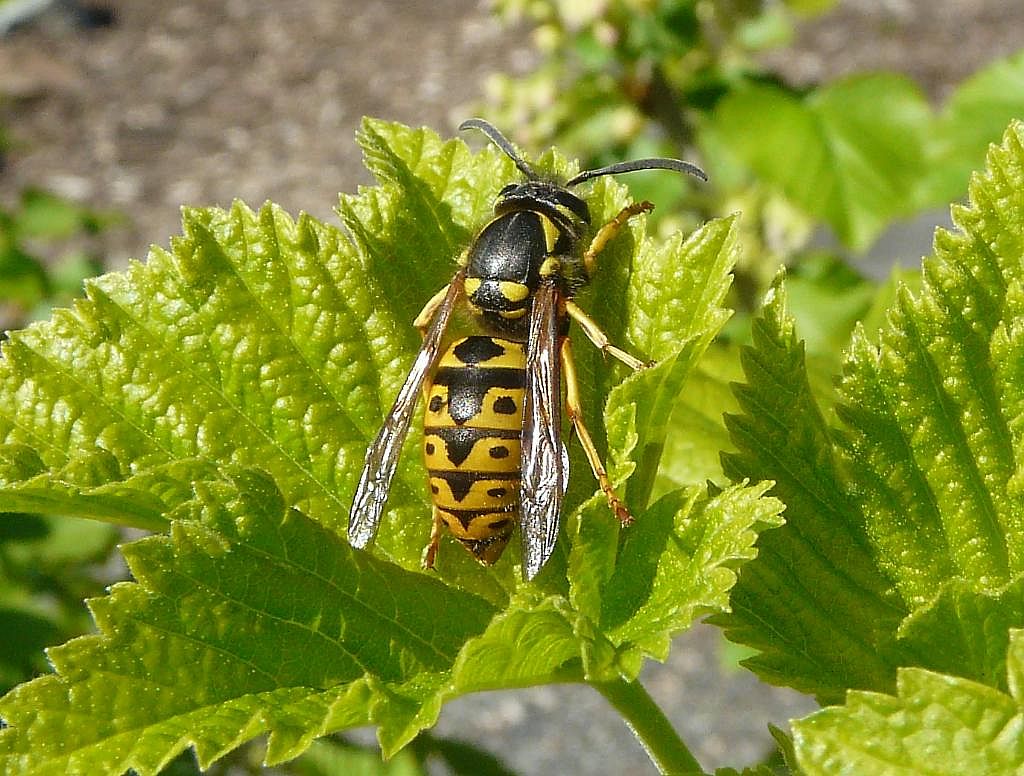
 Queen German Wasp Vespula germanica (Hym.: Vespidae) Annie Pang
Queen German Wasp Vespula germanica (Hym.: Vespidae) Annie PangVal George writes: I did my official Butterfly Count Week count yesterday, April16, for Mount Douglas and the surrounding area. Still not many butterflies around. My tally was: 1 California Tortoiseshell at the summit (photo attached); 3 Cabbage Whites and 1 Western Spring Azure at the base.
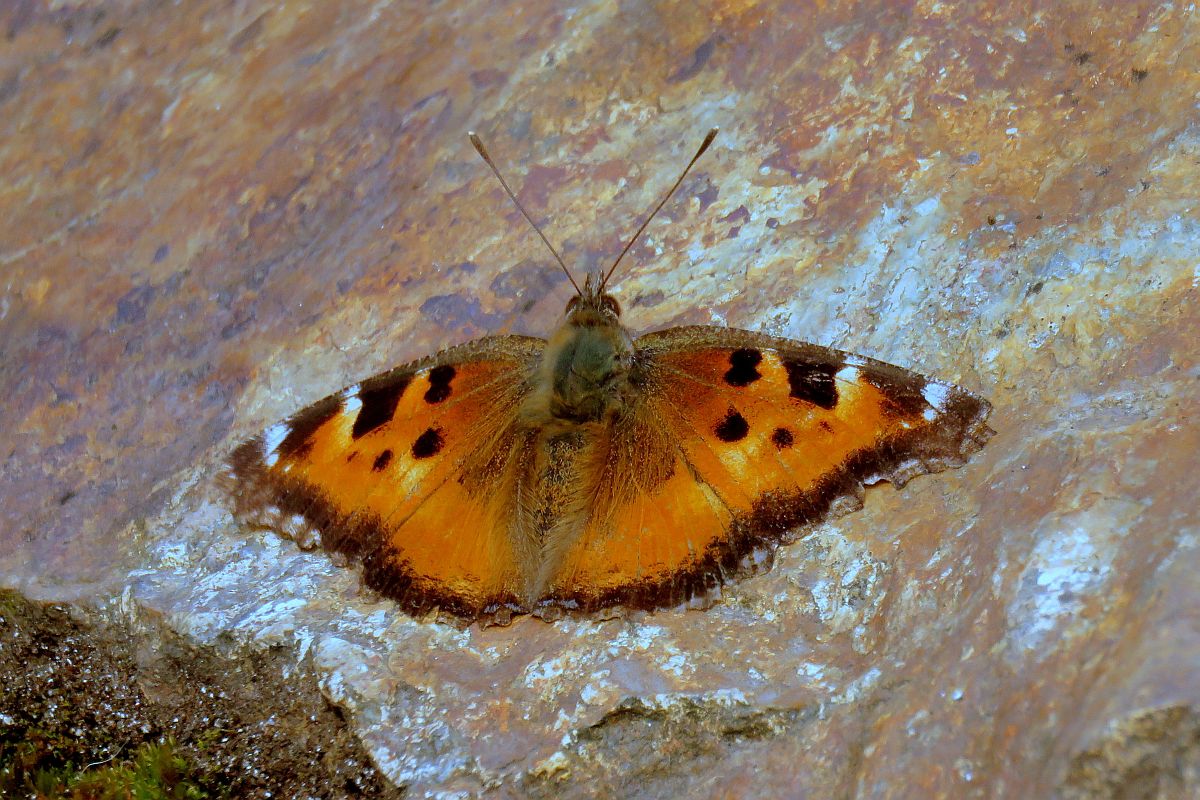
 California Tortoiseshell Nymphalis californica (Lep.: Nymphalidae) Val George
California Tortoiseshell Nymphalis californica (Lep.: Nymphalidae) Val George
Jeremy Tatum writes: This morning I saw a Cabbage White at Swan Lake, and another one at my Saanich apartment building. But, alas, the grey skies have returned this afternoon, and butterflies remain scarce. Rosemary Jorna reports from Sooke that she has yet to see her first butterfly of the year. Here’s a photograph of a caterpillar of the Common Emerald Moth from Quick’s Bottom today. This very common moth is a European invader.

 Common Emerald Hemithea aestivaria (Lep.: Geometridae) Jeremy Tatum
Common Emerald Hemithea aestivaria (Lep.: Geometridae) Jeremy Tatum
Libby Avis writes, from Port Alberni: Got a treat this morning, April 17th – a Hyles lineata right on the doorstep. Also the first Scoliopteryx libatrix of the season.
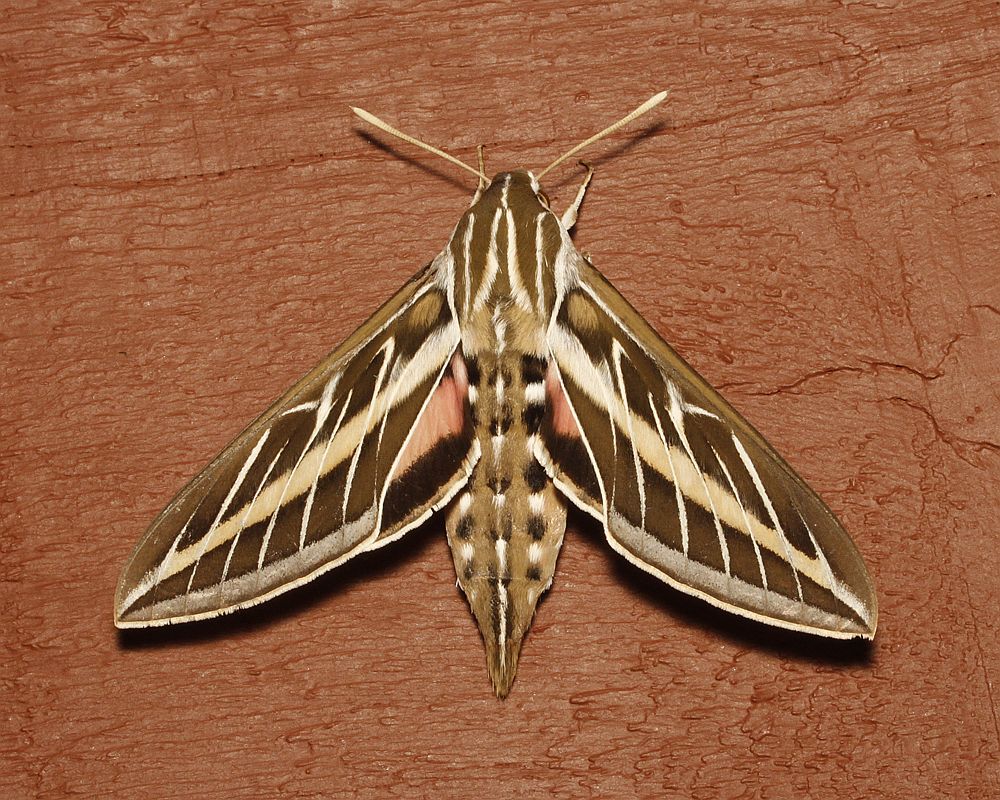
 White-lined Hawk Moth Hyles lineata (Lep.: Sphingidae) Libby Avis
White-lined Hawk Moth Hyles lineata (Lep.: Sphingidae) Libby Avis
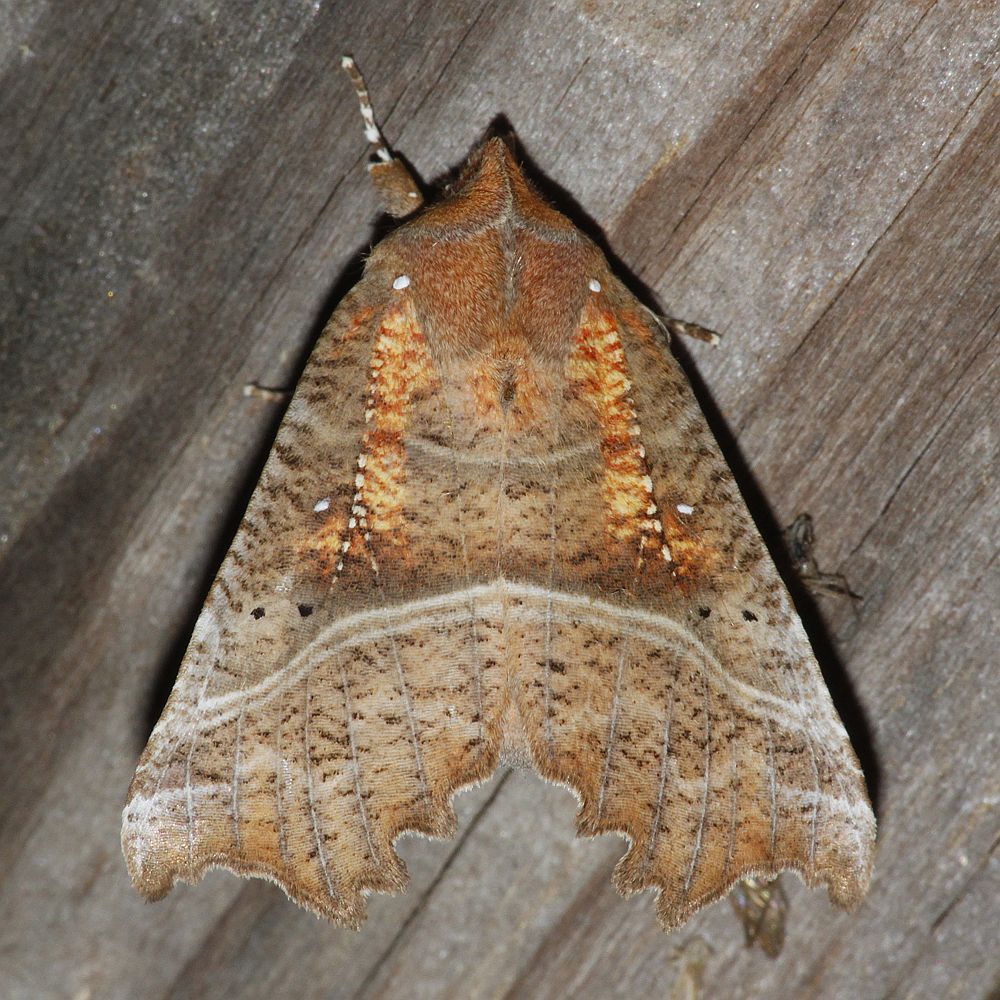

Herald Moth Scoliopteryx libatrix (Lep.: Erebidae – Scoliopteryginae) Libby Avis
Jody Wells sends a photograph of a syrphid fly from Martindale Flats, April 14. Dr Jeff Skevington, syrphid expert, says that he would guess it is Syrphus from the general gestalt. It is often not possible to identify them from photographs. The only way to be sure is to check out the upper calypter. So, Jody, next time be sure to check out the upper calypter. (And, if you can’t, send a photo anyway!)
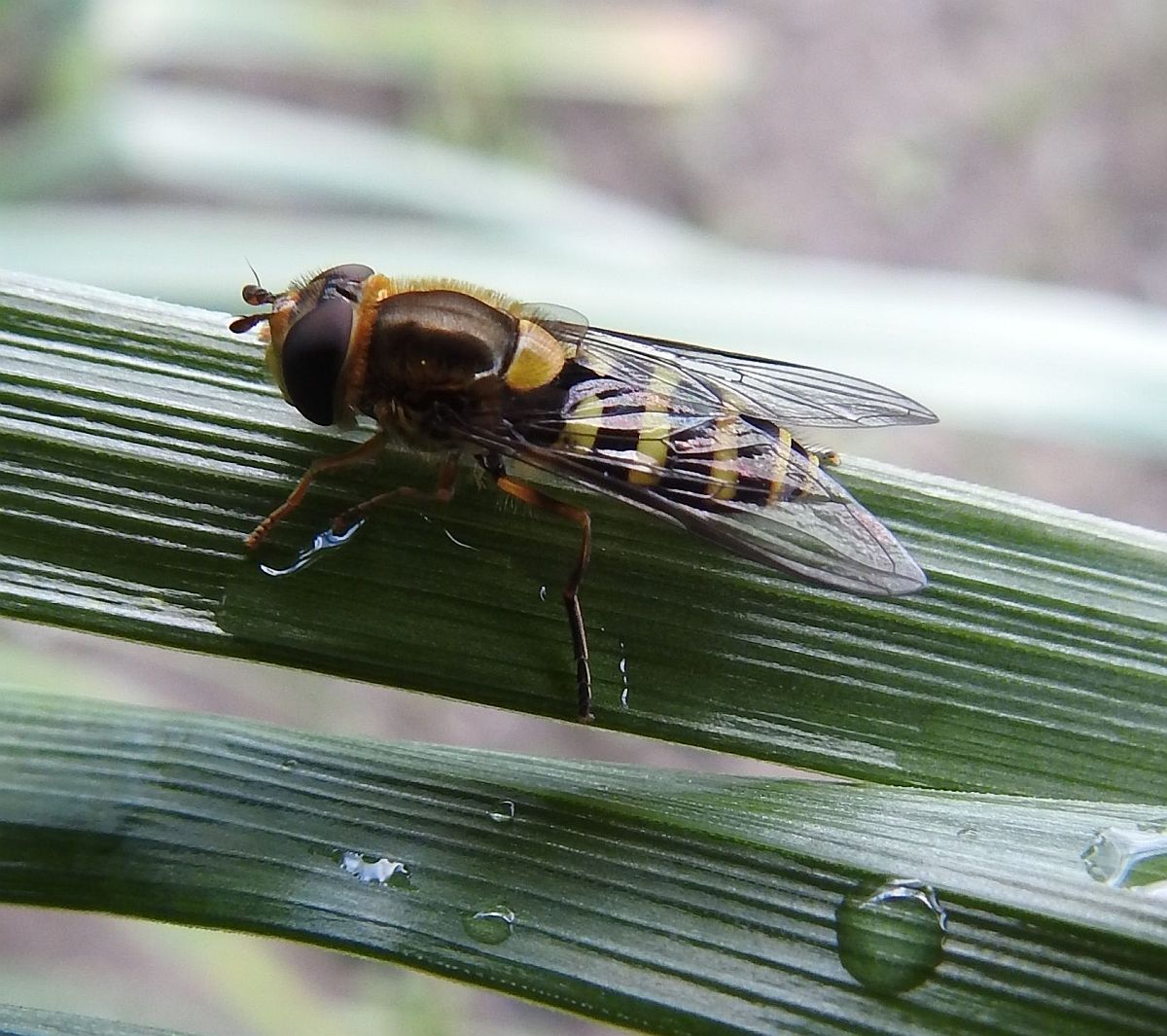
 Hover fly, probably Syrphus sp. (Dip.: Syrphidae) Jody Wells
Hover fly, probably Syrphus sp. (Dip.: Syrphidae) Jody WellsRon Flower writes: Today we went up little Mount Douglas off of Blenkinsop Road to the south west slope and we found a few Sara Orangetips.

 Male Sara Orangetip Anthocharis sara (Lep.: Pieridae) Ron Flower
Male Sara Orangetip Anthocharis sara (Lep.: Pieridae) Ron Flower

